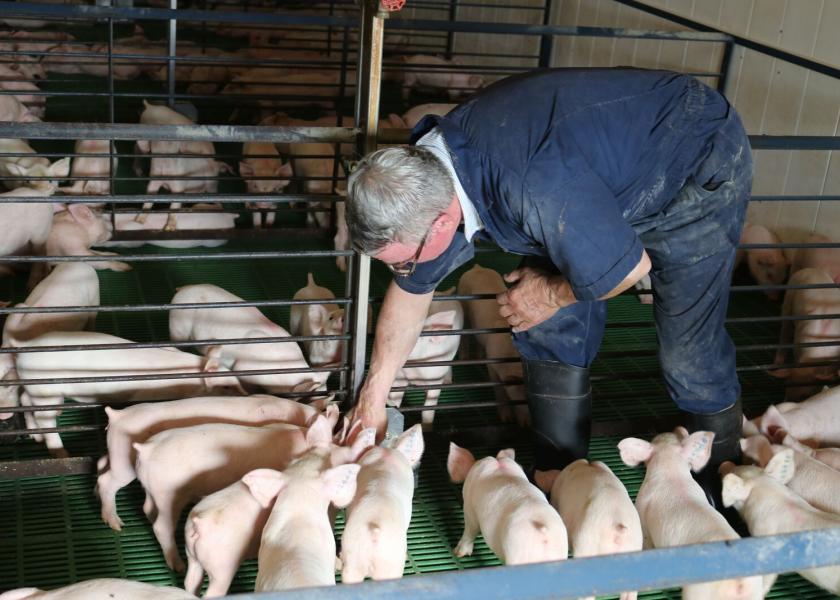Pork Industry Braces for Diminished Packing Plant Capacity

As the calendar nears June 29 – the date a federal judge’s ruling is set to go into effect striking down pork harvest facility line speeds under the USDA’s New Swine Inspection System (NSIS) – the pork industry is bracing for a loss of 2.5% in nationwide pork packing plant capacity.
To put it into perspective, that’s more than $80 million in reduced income for small U.S. hog farmers this year.
“So what’s being done to stop it?” asked AgriTalk host Chip Flory on Wednesday.
Nick Giordano, National Pork Producers Council (NPPC) vice president and counsel for global government affairs, said even though the judge's order expires next week, the administration has until the end of August to appeal.
“Now, obviously, we've been trying to get them to appeal sooner rather than later because as of the end of next week, these plants that have been running over 1,106 processed per hour are going to have to go back to 1,106 per hour and a lot of damage is going to be done,” Giordano said. “We are going to continue to encourage them to appeal the decision.”
In the meantime, Giordano said NPPC will be supporting the requests of the plants to get waivers out of USDA to allow them to continue to operate at current line speeds, which five of them have been at dating back to the Clinton administration.
“It’s really unfortunate. The great irony here is, even before COVID-19, there's been a lot of talk amongst policymakers about increasing meat industry capacity, facilitating competition and providing an environment that smaller producers can flourish in,” he said.
This judge's order, in one fell swoop, undermines all of those things, Giordano said.
The beef industry is holding hearings about market transparency, competition and capacity at the same time the judges are taking it away from the pork industry. In short, it makes no sense, he added.
“When you look at the cattle industry, one of the irritants there was the fire that took the plant out and impacted 5% of their capacity. Here, we're talking about 2.5%. So, yeah, it's not the exact same situation and it’s obviously a different industry,” Giordano said. “But it sure is somewhat analogous.”
Flory pointed out that the 2.5% loss was industry-wide, but some areas are going to lose closer to 25% packing plant capacity.
“This is going to inflict a lot of harm on hog farmers,” Giordano said. “Hog farmers are for worker safety, both on-farm and in the plant. I think part of the problem for USDA is the rule wasn't crafted the way it should have been by the last administration, and it's OSHA technically that's in charge of worker safety.”
The data supports the modernization of pork packing plants. The 1,106 number goes back nearly 50 years, he said.
“It's a very different industry and all the data support what the plants have been saying, which is there's a higher level of worker safety. It's a tough situation and we're going to continue pushing for an appeal,” Giordano said.
More from Farm Journal's PORK:
Court Ruling Weakens U.S. Pork Industry Competition, NPPC Says
Misguided Ruling Could Upend the Lives of Many Hog Farmers, Sorenson Says
Judge Denies Seaboard's Motion to Delay Line Speed Limits
U.S. Pork Processor Seeks to Delay Court Decision Limiting Slaughter Speeds
Federal Court Removes Swine Slaughter Line Speed Provision
Union Representing Pork Processing Plant Workers Sues USDA
Industry Groups File Brief in Support of New Swine Inspection System







